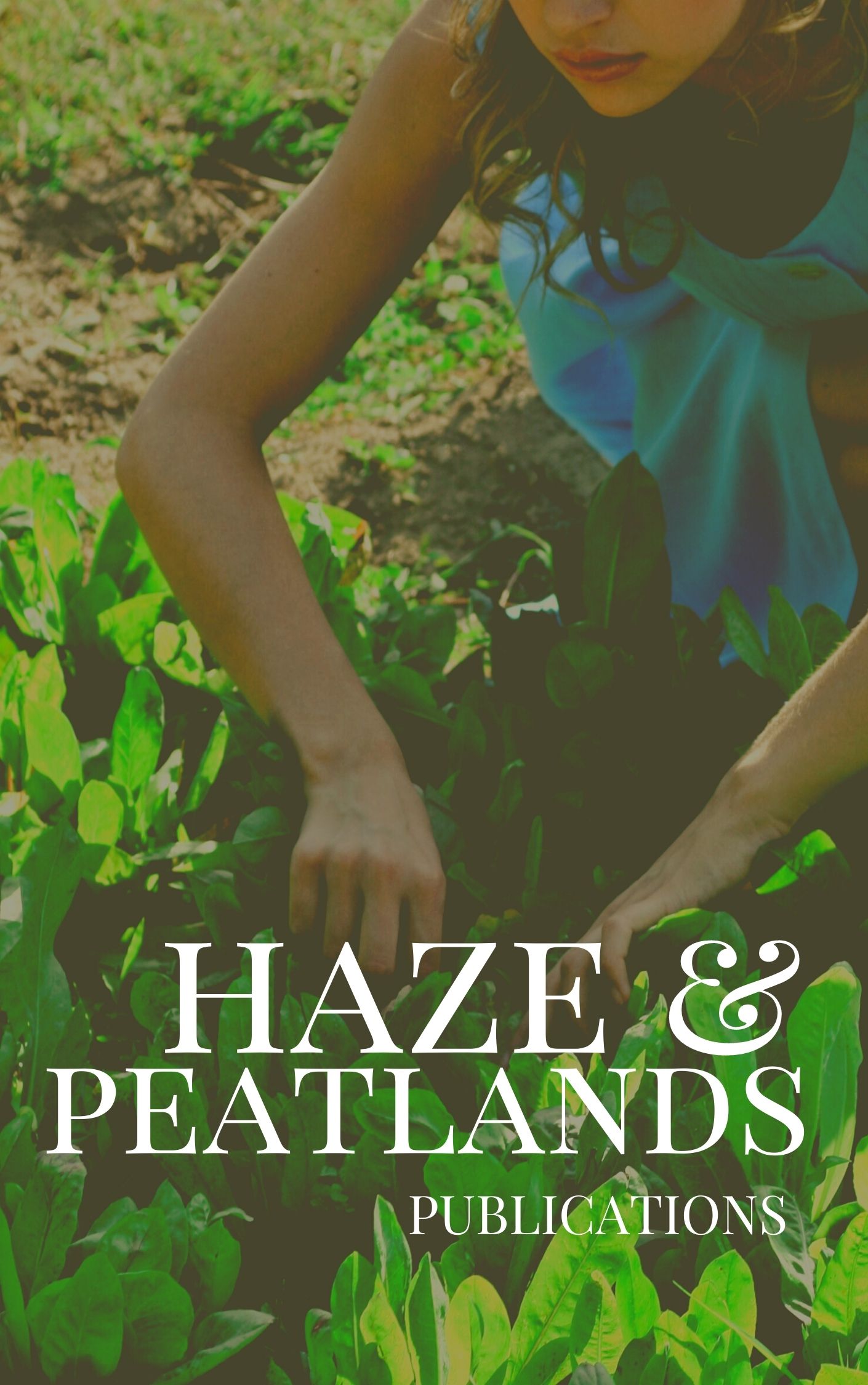Tropical peatlands in South-East Asia are some of the most carbon-dense ecosystems in the world. Extensive repurposing of such peatlands for forestry and agriculture has resulted in substantial microbially-driven carbon emissions. However, we lack an understanding of the microorganisms and their metabolic pathways involved in carbon turnover. Here, we address this gap by reconstructing 764 sub-species-level genomes from peat microbiomes sampled from an oil palm plantation located on a peatland in Indonesia. The 764 genomes cluster into 333 microbial species (245 bacterial and 88 archaeal), of which, 47 are near-complete (completeness >= 90%, redundancy <= 5%, number of unique tRNAs >= 18) and 170 are substantially complete (completeness >= 70%, redundancy <= 10%). The capacity to respire amino acids, fatty acids, and polysaccharides was widespread in both bacterial and archaeal genomes. In contrast, the ability to sequester carbon was detected only in a few bacterial genomes. We expect our collection of reference genomes to help fill some of the existing knowledge gaps about microbial diversity and carbon metabolism in tropical peatlands.
View source

